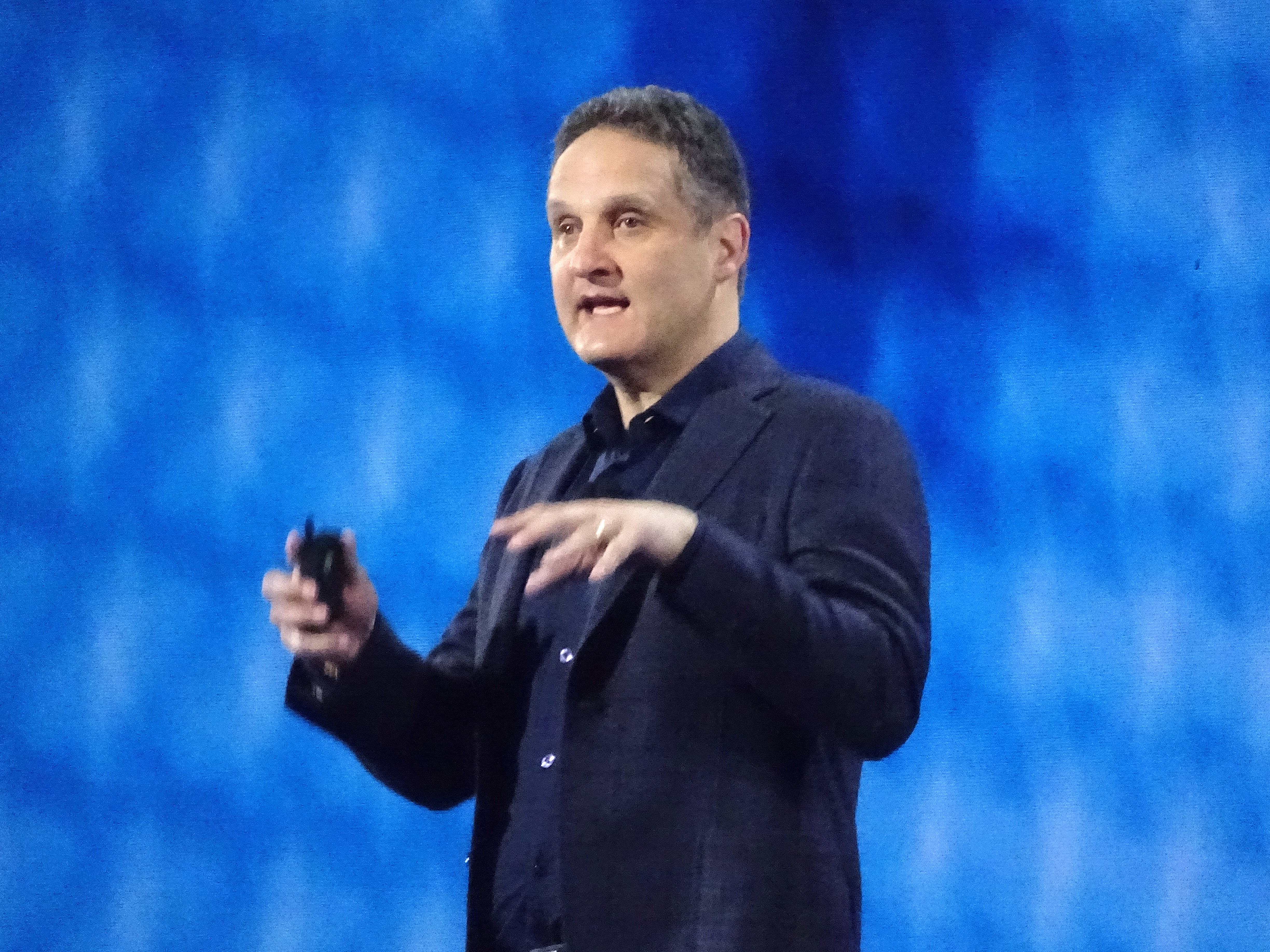Data management topped the agenda for Amazon Web Services during the first two days of the cloud giant’s annual re:Invent conference in Las Vegas.
The company made a series of announcements designed to provide its cloud customers with hardware and software solutions for managing an ever-expanding realm of data.
“Managing the scale and growth of data is both a huge challenge and opportunity,” said Adam Selipsky (pictured), chief executive officer of AWS. “You need a complete set of tools that account for the scale and variety of data. AWS is focused on building up all of these capabilities.”
Data integration
The company’s focus this week on tools, integration, governance, and insights for data is being driven by the massive scale of information being generated by today’s larger enterprises. Selipsky noted in his keynote address on Tuesday that Expedia Group Inc. alone is generating 600 billion artificial intelligence predictions per year.
In a move that will likely be greeted with enthusiasm by businesses weary of having to extract, transfer and load data, AWS made two announcements to improve what Selipsky said one customer has referred to as a “thankless, unsustainable black hole.”
AWS is addressing the ETL burden through the introduction of a fully managed integration between its Aurora relational database service, and Redshift, the firm’s cloud data warehouse. The company also added a Redshift integration for Apache Spark to run queries with no need to move data.
“This newest integration helps solve one of the biggest ETL pain points for our customers,” Selipsky said. “These are two more steps forward toward our zero-ETL vision.”
Processor advances
AWS is continuing to move forward with its hardware initiatives to help enterprises with analytics scaling and management of data. The company introduced an updated Nitro chip system for handling greater volumes of data traffic, and launched Graviton 3E as a new processor for driving high performance computing workloads, during a session led on Monday by Peter DeSantis, senior vice president of AWS utility computing. He characterized Amazon’s processor initiatives as a key element in how the company will deliver future cloud services.
“Nitro is the reason AWS got started building custom chips,” DeSantis said. “The ‘how’ is important, and it is how we will deliver some of the most important attributes of the cloud.”
AWS added to the processor news on Tuesday with the introduction of Inf2 instances for EC2, powered by the company’s Inferentia chip, and the launch of Hpc6id to offer attractive price-performance options for data and memory in HPC. “Our custom chips have been a big differentiator for AWS,” Selipsky said.
The cloud giant’s focus on processor innovation will likely drive several of the other introductions it delivered on Tuesday. The AWS analytics portfolio received an enhancement with Machine Learning Powered Forecasting for QuickSight Q, the company’s business intelligence service.
AWS added three new capabilities to its Amazon Connect cloud center offering, with machine learning forecasting and a workspace to guide center agents. The company also introduced AWS SimSpace Weaver to facilitate massive data-heavy spatial simulations without managing infrastructure.
Serverless news
The theme of not having to deal with infrastructure headaches has been a central part of the conference messaging over the past two days. DeSantis unveiled an update for its Lambda serverless platform that addressed the troublesome issue of cold start times by delivering a 90% improvement through the use of Firecracker and its Snapshotting capability.
On Tuesday, Selipsky added more news in this area with the launch of OpenSearch Serverless, which filled the last remaining serverless gap in the AWS analytics portfolio. “We now have serverless options for all of Amazon’s analytics offerings,” Selipsky noted.
The re:Invent keynotes also included news surrounding AWS’ ongoing interest in addressing broader global issues. The company announced AWS Supply Chain, a new cloud application to improve supply chain visibility, and Amazon Omics, an ability to store, query and analyze vast amounts of genomic data for pursuit of new cures and medical research.
AWS re:Invent comes at a time when a number of firms in the technology sector are seeking to reduce expenses in a highly uncertain economic climate. Amazon itself reportedly will reduce its workforce by 10,000 positions.
Selipsky took note of the economic uncertainly in his remarks and emphasized that the cloud can help firms in handling expense challenges.
“When it comes to the cloud, many of our customers know they should be leaning in,” Selipsky said. “If you are looking to tighten your belt, the cloud is the place to do it.”
Photo: SiliconANGLE
Show your support for our mission by joining our Cube Club and Cube Event Community of experts. Join the community that includes Amazon Web Services and Amazon.com CEO Andy Jassy, Dell Technologies founder and CEO Michael Dell, Intel CEO Pat Gelsinger and many more luminaries and experts.
Source link




